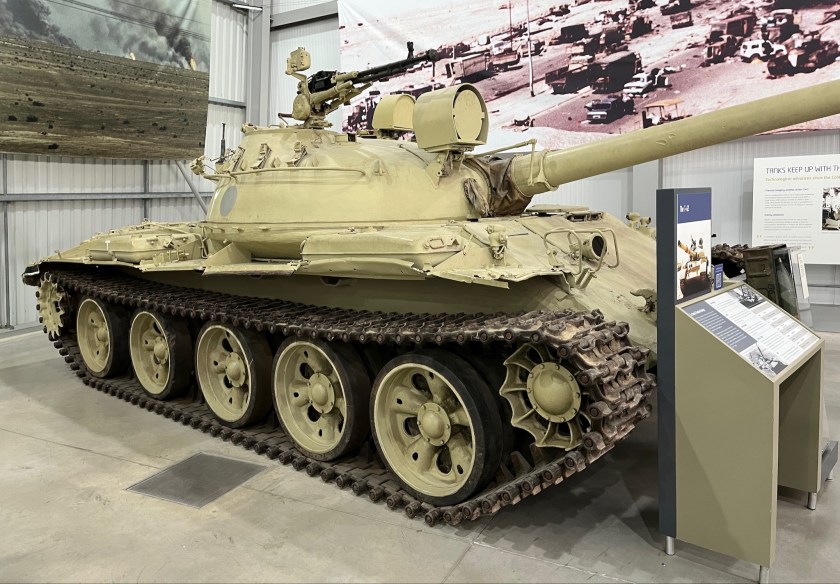This Imperial Guard Stormsword super heavy tank was on display at Warhammer World.
The Stormsword is a super-heavy tank of the Astra Militarum that is the result of an ad hoc field conversion of a wrecked Shadowsword tank. The Shadowsword’s original Volcano Cannon and all of its internal components have been replaced with a massive Hellhammer Siege Cannon, called a “Stormsword Siege Cannon” when deployed on this tank, and internal storage for its huge shells. The Stormsword has proven very reliable during urban combat, and is equipped to fight in close-quarters and against garrisoned infantry.
The Stormsword fills the role of a close-combat super-heavy tank, whereas the Shadowsword fills the long-range role, the Stormblade fills the medium-range role, and the Baneblade fills the “all-around” role, capable of fighting equally well in close, medium, and long-range battles.
































